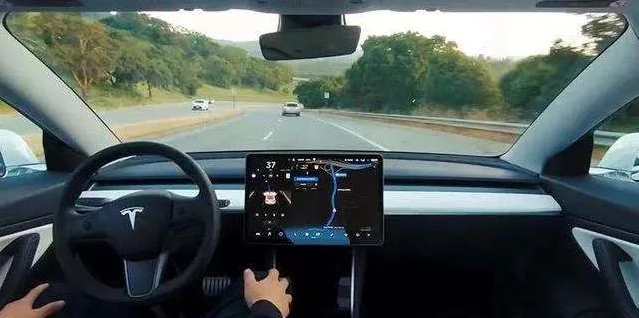Jia Haonan, posted from the copilot temple\
Reference for Intelligent Cars | WeChat public account AI4Auto
Musk judges that the time is ripe for the large-scale testing of FSD, which was planned to be launched three years ago.
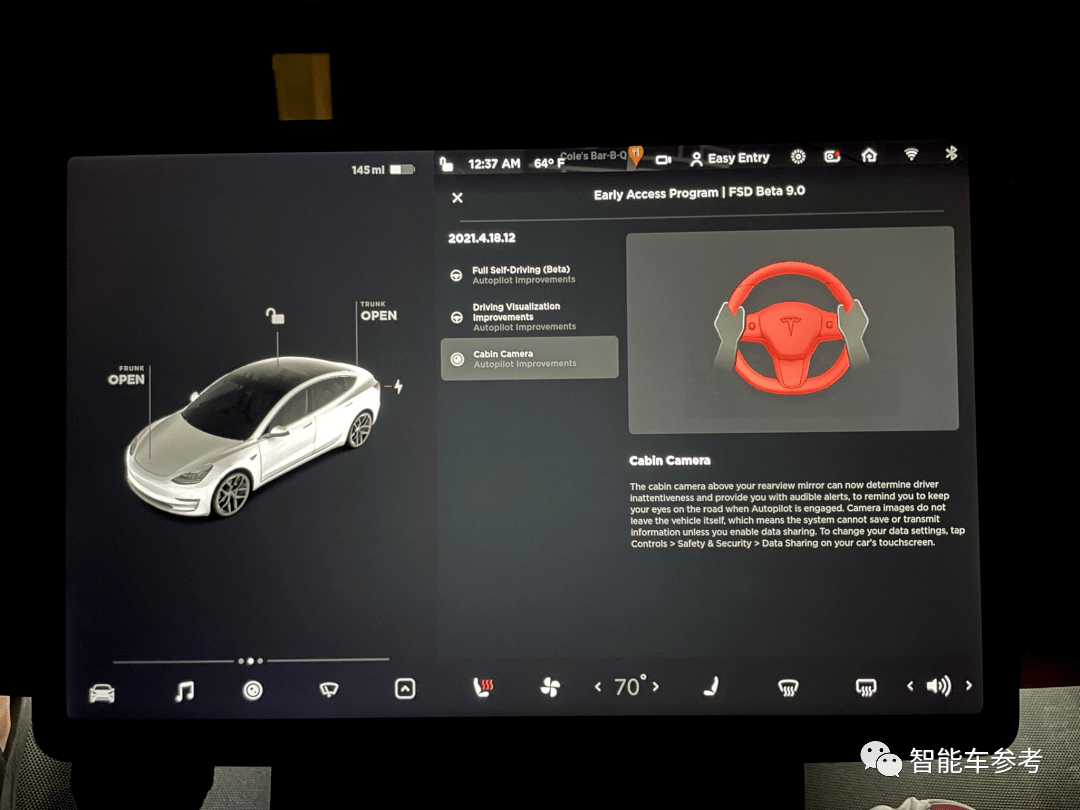
A user abroad leaked that applying for FSD testing no longer has any safety rating restrictions, meaning that it can be used immediately upon request.
What does that mean?
Musk is confident that FSD is now powerful enough to backstop any driver, either skilled or unskilled, cautious or reckless.
With no threshold for FSD testing, why now?
Tesla has not yet publicly announced it, but last week a user discovered this huge change:
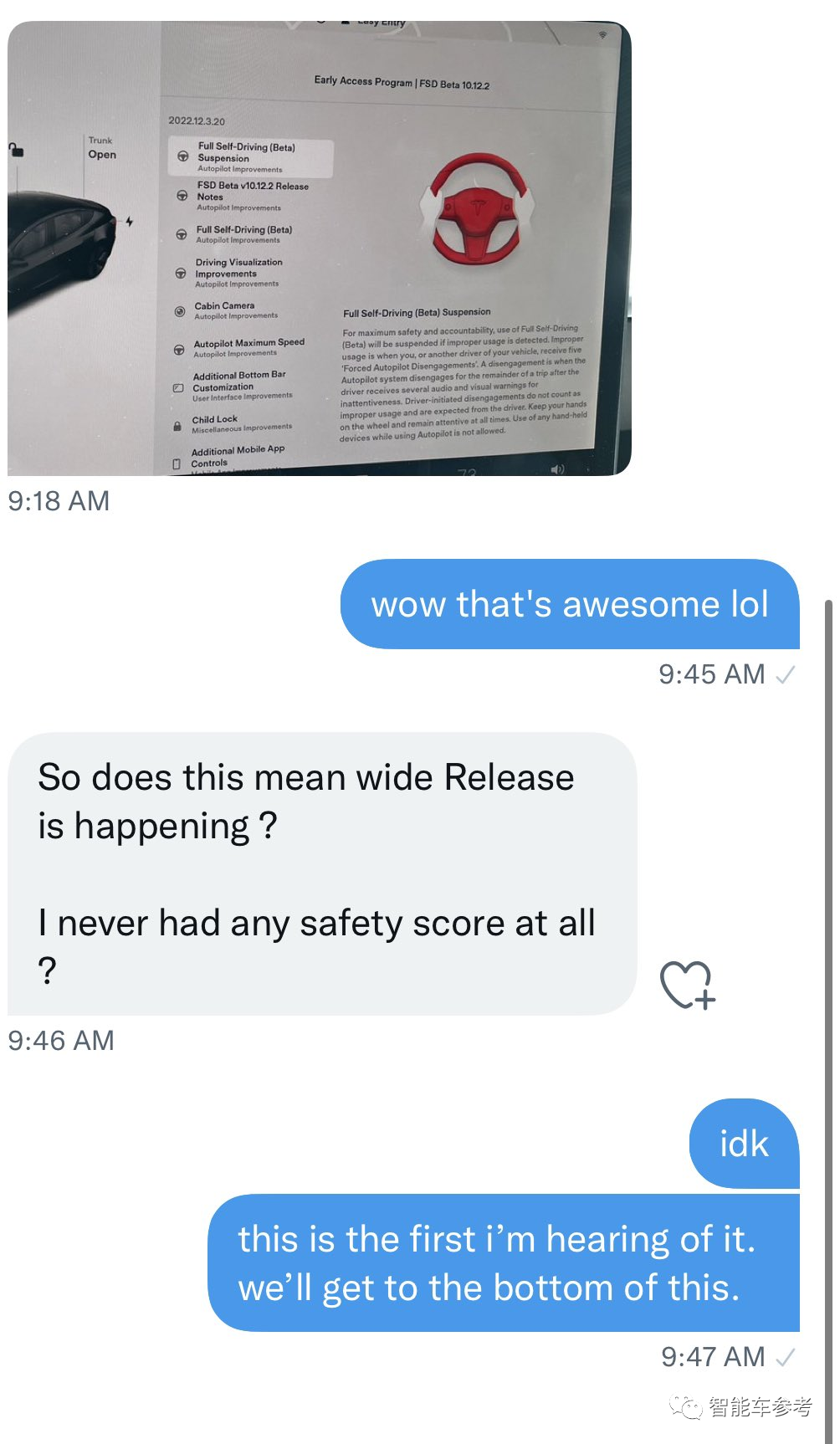
According to the description of the car owner, he only bought the car two weeks ago and did not have Tesla’s safety rating, but after clicking on the FSD beta test application, the system started downloading directly.
This at least indicates that the large-scale testing of FSD has quietly begun in the early stage, and it may only take Musk’s tweet to make it official.
Why is Musk’s confidence ripe now?
This is because FSD is about to update to version 10.12, which makes considerable progress.
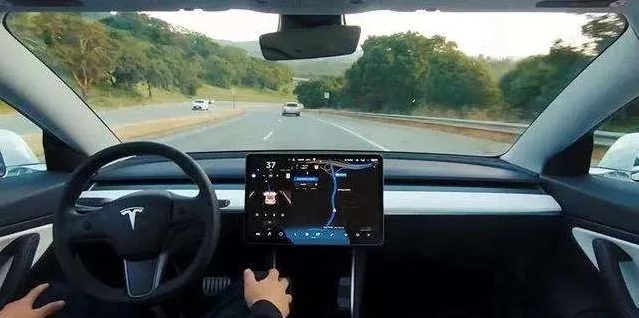
At present, 10.12 is only being pushed internally among Tesla employees, but more detailed logs have already been disclosed.
First and foremost, the HMI visualization has been improved: the visual effect is clearer, and the recognition of driving signal characteristics of other vehicles is more diverse.
In the previous test version, FSD could only recognize other vehicles using a simple model display:
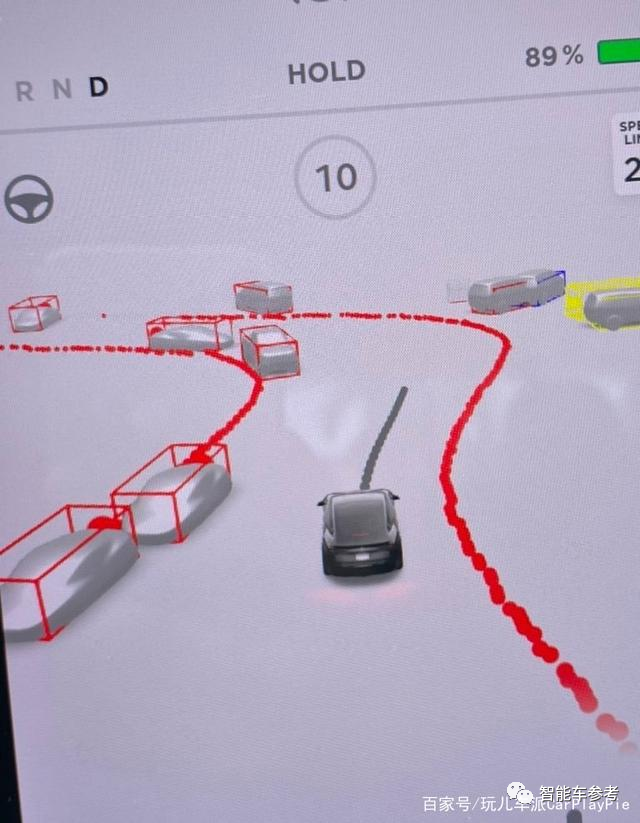
However, in this FSD Beta 10.12, when recognizing other vehicles, it is more detailed and realistic than the previous simple model display, including the recognition and display of both brake lights and turn signals.
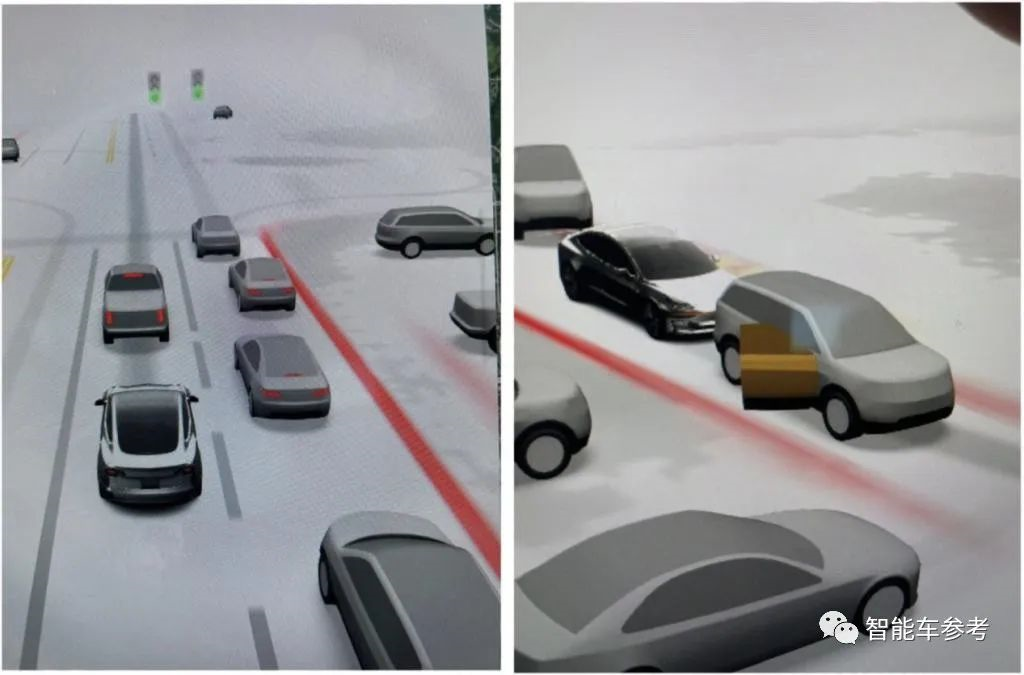 The FSD Betas in previous versions were able to detect and bypass the opened vehicle doors, and this time a feature has been added to visually mark the opened doors with orange highlights in the visualization.
The FSD Betas in previous versions were able to detect and bypass the opened vehicle doors, and this time a feature has been added to visually mark the opened doors with orange highlights in the visualization.
At the algorithm level, the FSD 10.12 version has made the following updates:
-
Upgraded the decision-making framework for unprotected left turns, added more scenario features to enhance robustness.
-
Improved recognition rate by using more accurate lane geometry and higher resolution occlusion detection. Optimized target behavior prediction and improved lane changing and turning experience.
-
Reduced system’s reliance on lane lines for decision-making.
-
By improving the architecture of the lane recognition neural network, turning safety at intersections has been improved.
-
The system has been trained with 180,000 cases related to lane keeping, which improves the success rate and accuracy of lane keeping.
-
Improved yellow light recognition to reduce brake false triggering.
-
30,000 new video cases have been added to retrain recognition of generalized static obstacles, improving recognition accuracy and understanding of targets. 41,000 new video cases have been added for training recognition of stationary vehicles.
-
Added recognition and motion direction determination for motorcycles, pedestrians, and persons riding bicycles.
-
Improved ride comfort when avoiding front vehicle sudden braking.
-
Added acceleration prediction for all moving objects, previously covering only longitudinally moving objects.
Several important updates have improved the recognition rates of lanes and objects, as well as the stability of the entire system.
Someone has already uploaded a video of FSD 10.12’s test drive, an 8-minute test drive without hands:
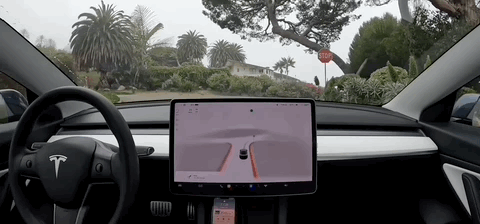
Among them, unprotected left turns, changing lanes to avoid cars in front and behind, and driving on roads without lane markings, are all closely related to this update.
What does FSD testing to the fullest extent represent?
Originally, Musk planned to expand the testing range appropriately in version 10.12. However, based on the current user feedback, he may be planning to skip this phase and roll out the update in its entirety.
Therefore, Tesla has to retire the safety score rating system for vehicle owners that has been in use for over a year earlier than planned.
The so-called “vehicle owner safety rating” is a Tesla’s evaluation system for each user who applies to test FSD, to determine whether they are a “responsible” vehicle owner who can test early versions of FSD.
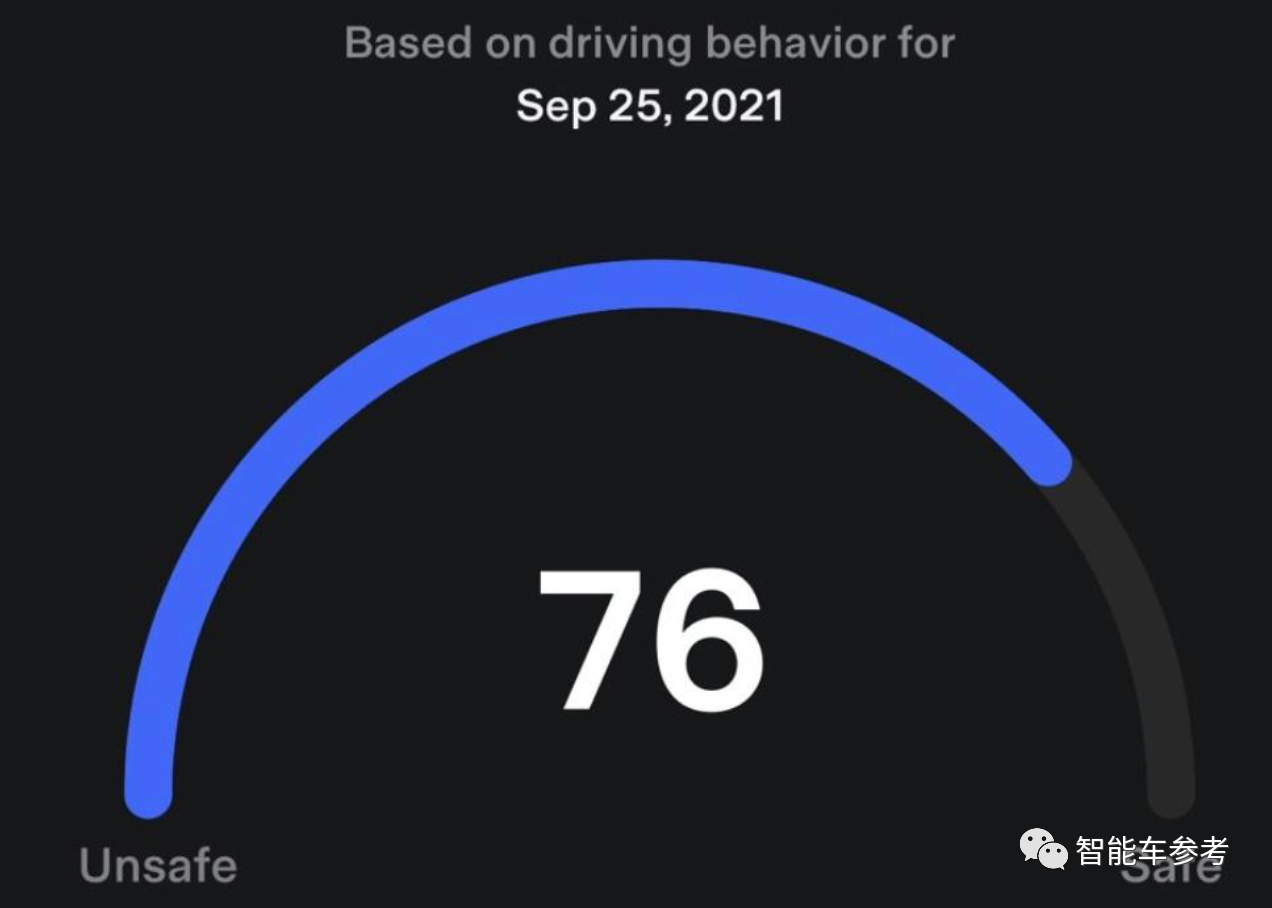
The dimensions include five aspects: forward collision warning per 1,000 miles, emergency braking, sharp turns, unsafe follow-up, and autopilot disengagement.From these standards, it is clear that Tesla first emphasizes the prudence of the owner themselves. Drivers who drive too aggressively and recklessly will find it difficult to pass the 98-point pass.
However, being overly cautious is not enough. If you do not “trust” the Tesla Autopilot system enough during the previous usage process and take over too much, points will also be deducted.
Therefore, it is not easy to become an “excellent student” in Elon Musk’s eyes, with only about 60,000 people worldwide before.
From Tesla’s move to set up a safety rating for vehicle owners, it can also be seen that the essence of the relationship between users and FSD is still “human backing up the system”.
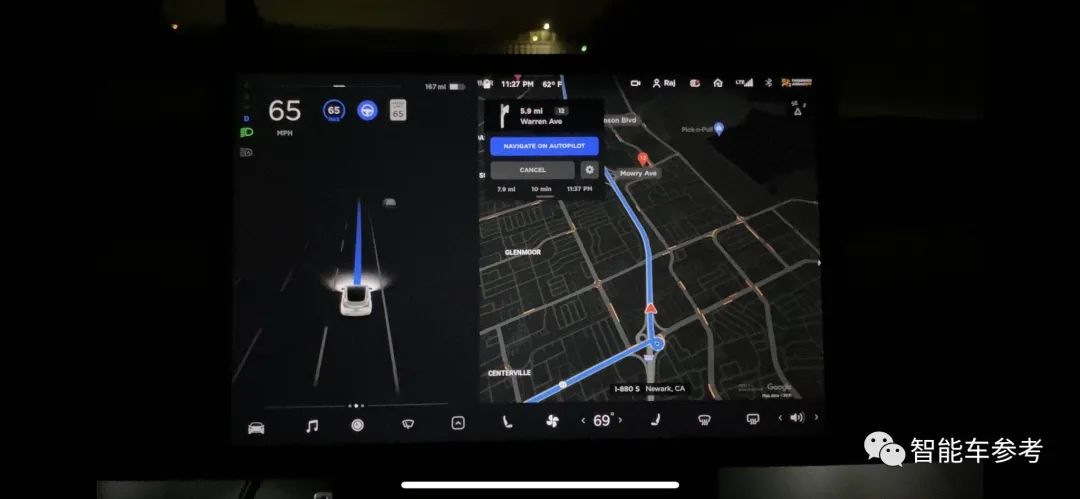
So before version 10.12, Tesla actually believed that FSD was not foolproof.
But if version 10.12 is fully rolled out, the nature of FSD has changed and it has become “the system backs up people”, truly possessing practical value.
For all vehicle owners at home and abroad who have spent 64,000 yuan on purchasing FSD “futures”, this is good news.
For Tesla, this is also good news.
According to well-known Tesla intelligence blogger @WholeMarsBlog, the previous 60,000 FSD beta users can accumulate 1.4 billion miles (about 2.2 billion kilometers) of driving per year.
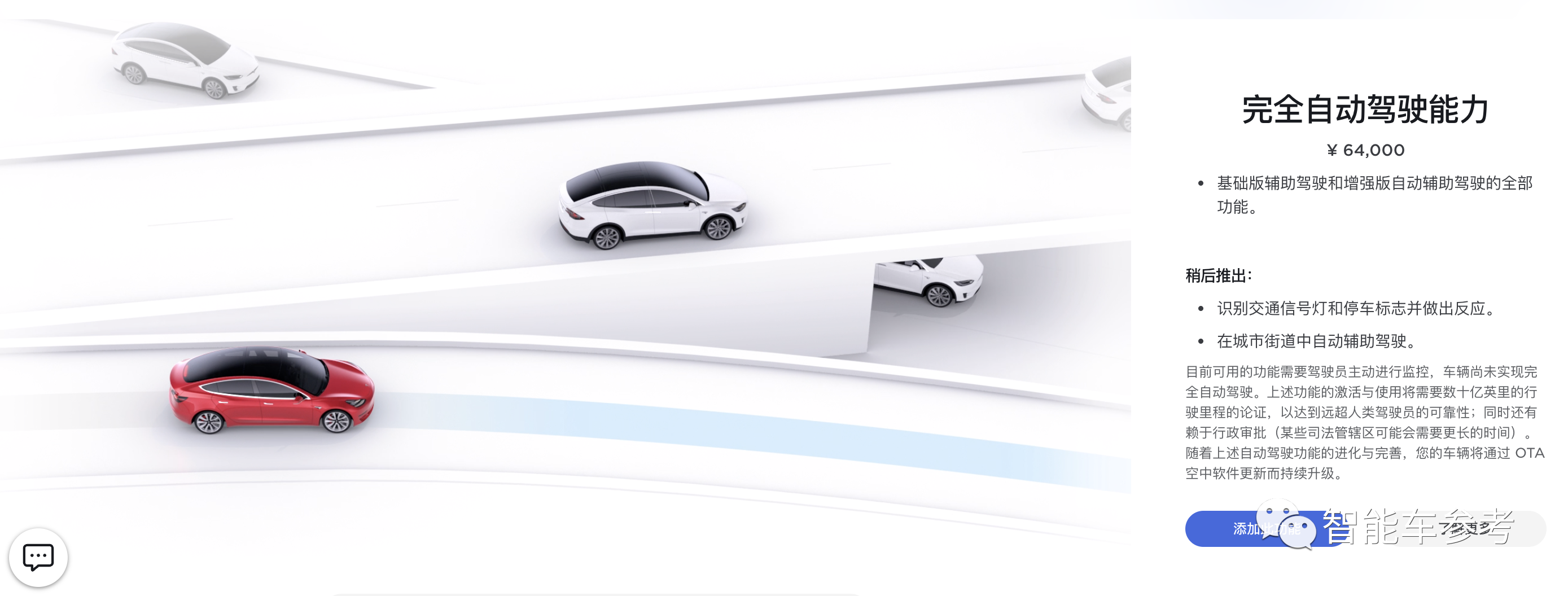
If all Tesla vehicles that have purchased FSD are included, this data can reach 32 billion miles (about 51.5 billion kilometers) per year, an increase of about 25 times.
In this way, Tesla’s acceleration on autonomous driving will be faster, and the difficulty for followers to catch up will be higher.
Because a road test data of 50 billion kilometers per year is an astronomical number that no OEM or autonomous driving company currently hears of.
- The End –
This article is a translation by ChatGPT of a Chinese report from 42HOW. If you have any questions about it, please email bd@42how.com.
